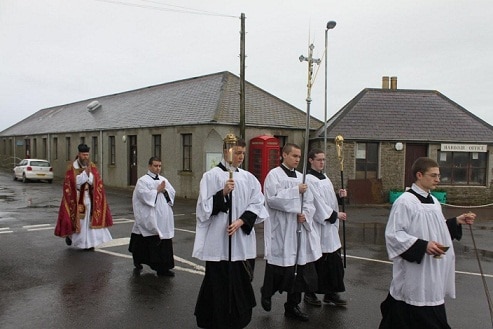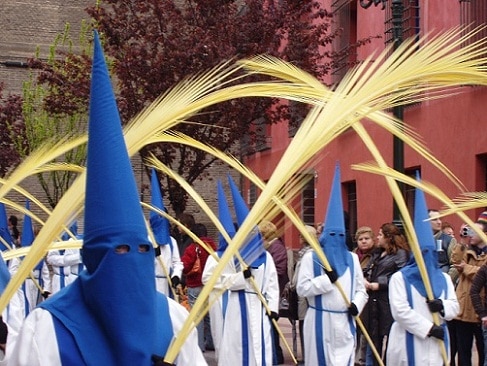In the Easter in the UK one of the most important festivals of the Christian year is celebrated. It is full of customs, folklore and traditional food. However, Easter in the UK has its origins long before the advent of Christianity.
The truth is that Easter occurs at a different time each year. It is observed on the first Sunday after the first full moon after the first day of spring in the northern hemisphere. This means that the festival can occur on any Sunday between March 22 and April 25. Not only is Holy Week at the end of winter, it is also the end of Lent, traditionally a time of fasting on the Christian calendar. Therefore, it is often a time for fun and reflection.
Precisely, one of the busy dates and with a varied schedule is Holy Thursday, which is the Thursday before Easter where Christians will remember it as the day of the Last Supper, when Jesus washed the feet of his disciples and the ceremony was established. known as the Eucharist.
In England, the Queen participates in the Royal Saint Ceremony, which dates back to the time of Edward I. This involves the distribution of money on Holy Thursday to worthy seniors (one man and one woman for each year of age sovereign), usually chosen for having done service to their community.
They receive ceremonial red and white purses containing the coins made especially for the occasion. The white bag contains one coin for each year of the monarch's reign. The red bag contains money instead of other gifts that are used to give to the poor.
Highlighted in England is also Good Friday where the crucifixion of Jesus Christ is commemorated. It is a day of mourning in the church and special Good Friday services are held where Christians meditate on the suffering and death of Jesus on the cross, and what this means for their faith.
Easter symbols
Many of the symbols and traditions of Easter relate to renewal, birth, good luck, and fertility.
One of them is the Cross. When Jesus was crucified, the cross became a symbol of suffering. Later, with the resurrection, Christians saw it as a symbol of victory over death. In 325, Constantine issued a decree at the Council of Nicea that the cross would be the official symbol of Christianity.
Las Palmas
The week of Holy Week begins on Palm Sunday. Why Palm Sunday? Well, in Roman times it was customary to welcome royalty, waving palm branches, a bit like a triumphal parade. Therefore, when Jesus arrived in Jerusalem on what is now known as Palm Sunday, the people greeted him with palm branches carpeting from the streets and shaking them.
Today, on Palm Sunday, Christians carry palm branches in parades, and turn them into crosses and garlands to decorate the Church.

